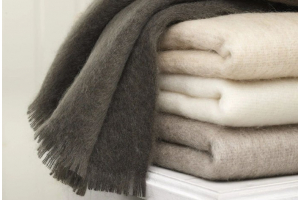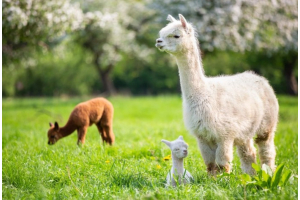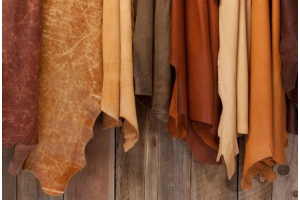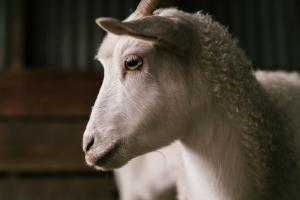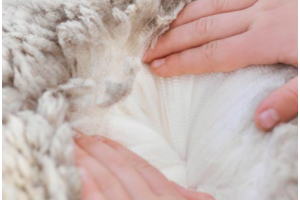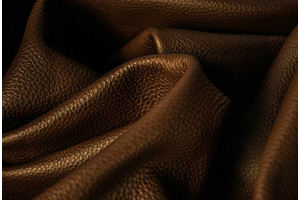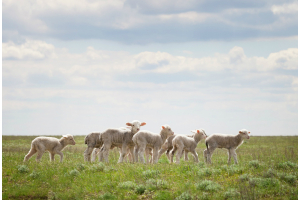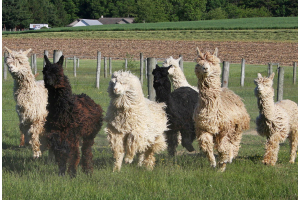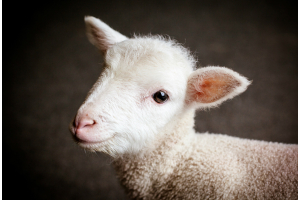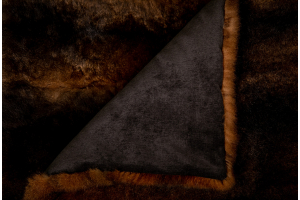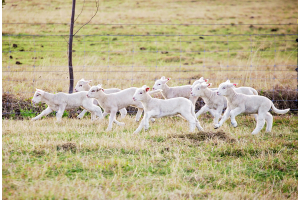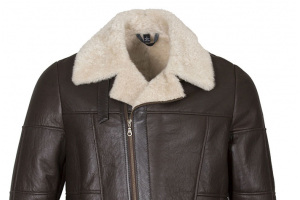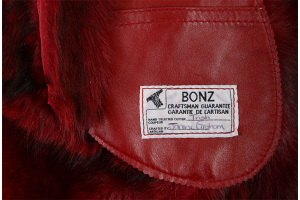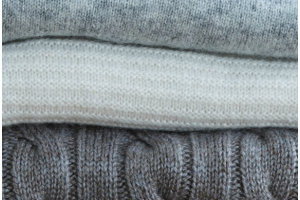We use cookies to ensure that we give the best experience on our website. Click here for more information
Alpaca Wool – a luxurious fiber
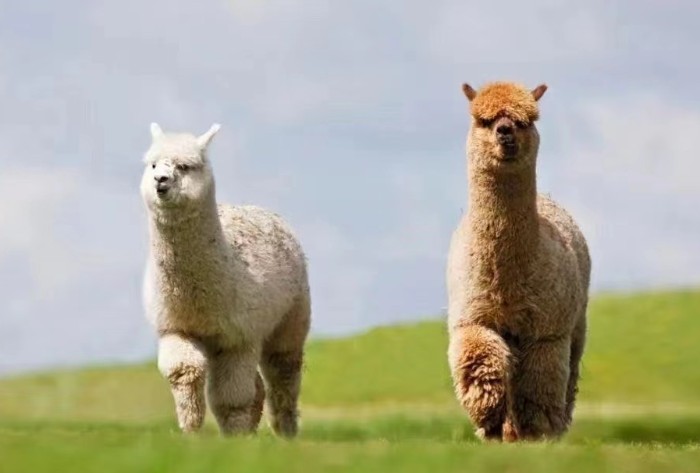
Alpacas were a cherished treasure of the ancient Incan civilization and played a central role in the Incan culture that was located on the high Andean Plateau and mountains of South America. Alpacas were first found in recorded history in the high altiplano region of South America, over 6000 years ago. They evolved from the wild guanaco and vicuna and for thousands of years have co-existed with humans as domesticated livestock providing food, fuel and clothing. Alpacas played an integral part in the culture and lifestyle of the Incas and other Indian tribes and were selectively bred for their fibre density and range of colour.
Alpaca, llama, guanaco and vicuna are part of the camel (camelid) family tree. There are two types of alpacas – the Huayna and the Suri. The lifespan of the alpaca is about 20 years and gestation are 11.5 months. Alpacas eat grasses and chew a cud. Adult alpacas are about 36″ tall at the withers and generally weigh between 100 and 200 pounds. They are gentle and easy to handle.
In 1987, New Zealander Ian Nelson pioneered the way for exportation of alpaca out of South America to become possible. Today, New Zealand has approximately 20,000 registered alpacas,and is becoming be a global player in Alpaca fleece production.
New Zealand Alpacas produce one of the world’s finest and most luxurious natural fibres. It is clipped from the animal without causing it injury. Soft as cashmere and warmer, lighter and stronger than wool, it comes in more colours than any other fibre producing animal (approximately 22 basic colours with many variations and blends). It is silky soft, warm and durable with unique thermal properties due to the microscopic air pockets found in the fibre. Alpaca fibre does not itch as wool often does, because it does not contain lanolin and other oils in the fleece, with a smooth cell structure, its extraordinary fineness is hypoallergenic and luxuriously soft on your skin. This cashmere-like fleece, once reserved for Incan royalty, is now enjoyed by spinners and weavers around the world.
Characteristics:
Alpaca is found in every natural colour and shade (22 basic recognized colours).
Alpaca fibre is unusually strong and resilient.
The fibre contains microscopic air pockets that create lightweight garments with high insulation values.
The cellular structure of the fibre produces a soft handle unmatched by most specialty fibres.
Alpaca has a natural rich lustre that gives garments high visual appeal.
Alpaca is easily dyed any colour and still retains its natural lustre.
Alpaca does not easily tear, pill, stain or create static.
Alpaca garments are easily cleaned.




